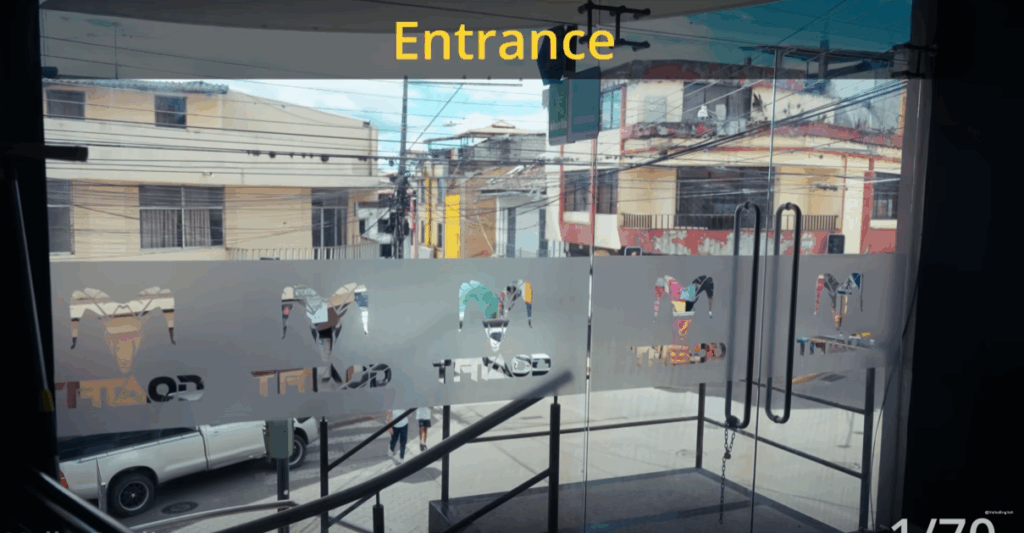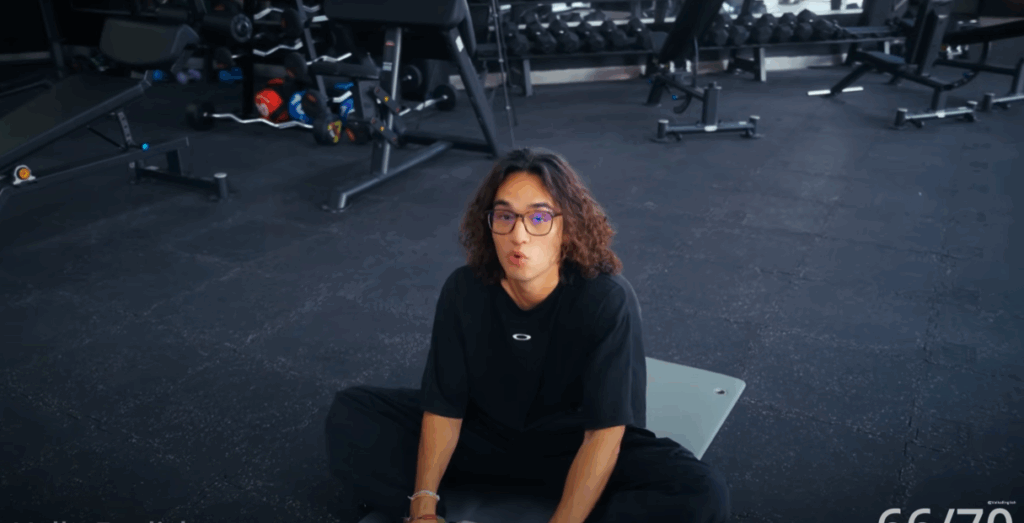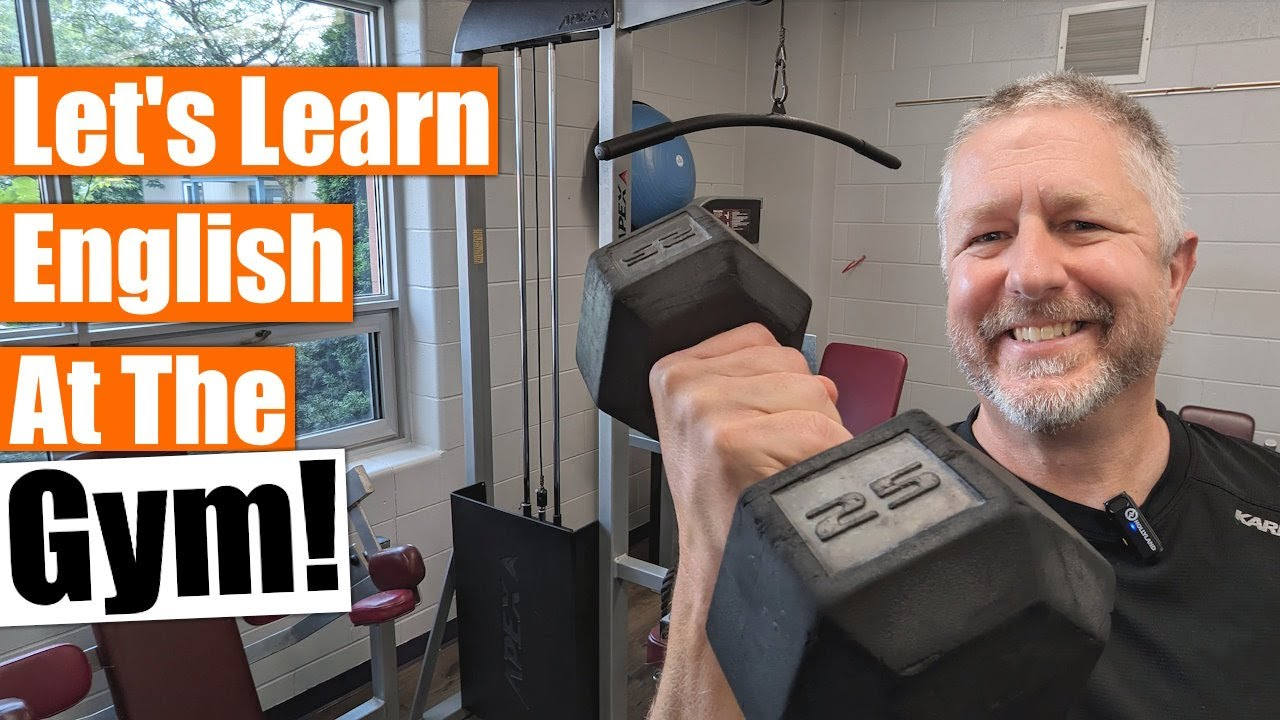Walking into a gym for the first time can feel overwhelming. Between the machines, weights, and unfamiliar routines, it’s easy to get lost. This guide will take you through a full gym session—from stepping inside to your final stretch—while explaining the basics of equipment, exercises, and training structure.

Entering the Gym and Essential Gear
Most gyms have an entry system—often a turnstile that opens with a membership card tap or facial recognition scan. Once you’re inside, store your personal belongings in a secure locker.
There are three non-negotiable essentials to bring every session:
- Proper workout clothing – breathable shirt, shorts or training pants, and supportive athletic shoes.
- Water – a reusable bottle is ideal, but a purchased bottle works in a pinch.
- Earphones – wireless earbuds are convenient, keeping cables out of your way during movement.
With your gear ready, it’s time to warm up.
Warming Up: Why It Matters
Never jump straight into heavy lifting. A short warm-up increases blood circulation, loosens stiff muscles, and reduces injury risk. A simple method is walking or jogging on a treadmill for about five minutes. Start light, gradually increasing the pace.
Understanding Workout Splits
Many lifters follow a Push–Pull–Legs split:
- Push day – exercises for the chest, shoulders, and triceps (all pushing movements).
- Pull day – focuses on the back and biceps (pulling movements).
- Leg day – dedicated to lower-body muscles.
This system allows balanced training while giving muscle groups enough recovery time.

Equipment Basics
- Gym mats protect floors and reduce noise when weights drop.
- Plates are the weighted discs (e.g., 20 kg) added to barbells or plate-loaded machines.
- Benches can be flat, inclined, or declined to target muscles at different angles.
- Barbells are the long bars used for bench presses, squats, and other lifts.
- Dumbbells are free weights held in each hand for pressing, curling, or rowing.
Push Day: Chest, Shoulders, and Triceps
Bench Press – The classic chest builder. Lie on a flat bench, grip the bar evenly, lower it to your chest, then press upward. If lifting heavy, ask a partner to “spot” you—standing behind the bench ready to help if you struggle.
Repetitions (Reps) refer to how many times you perform an exercise without stopping. A set is a group of reps before resting. For muscle growth, 8–12 reps per set is common.
Shoulder Press – Performed with dumbbells or a barbell, pressing from shoulder height overhead to build deltoid strength.
Triceps Pushdown – Using a cable machine, extend your arms downward until fully straightened to work the back of your upper arms. Aim for full range of motion to activate the muscle completely.

Pull Day: Back and Biceps
Rows – Whether using a machine, barbell, or dumbbells, rowing movements mimic paddling a boat, pulling weight toward your torso to strengthen the mid-back.
Deadlifts – Lift a weighted barbell from the floor to a standing position. This powerful movement targets the posterior chain (hamstrings, glutes, back) but must be done with proper form to avoid injury.
Pull-Ups – Using a bar, lift your body until your chin passes the bar, then lower under control. This develops the lats, biceps, and grip strength.
Bicep Curls – Standing or preacher curls isolate the biceps. Preacher benches prevent body momentum from assisting, forcing the biceps to do the work.
Leg Day: Building the Foundation
Many skip leg training because it’s challenging, but strong legs are essential for a balanced physique. Common exercises include:
- Leg Press – Push a weighted platform away from your body with your legs, engaging quads, hamstrings, and glutes.
- Squats – Either free barbell squats or Smith machine squats, where a guided bar moves on rails for stability.
- Calf Raises – Performed standing or seated, rising onto your toes to strengthen the calves.
- Lunges – Step forward and bend both knees to lower your body, targeting the quads and glutes.
The phrase “Never skip leg day” exists for a reason—lower-body training not only develops muscle but also improves overall athletic performance.
Training Intensity and “The Pump”
You’ll often hear lifters talk about “the pump”—the swelling of a muscle during exercise as blood fills it. While temporary, it’s a sign of good muscle activation. Many aim for this feeling, especially in bodybuilding-style workouts.
Cooling Down and Stretching
After your final set, don’t just leave. Cooling down allows your heart rate to return to normal and prevents dizziness. Light treadmill walking or cycling works well.
Stretching comes next:
- Dynamic stretching (moving through a range of motion) is best before workouts.
- Static stretching (holding a position for 10–30 seconds) is ideal afterward to improve flexibility and aid recovery.
Gym Etiquette and Safety Tips
- Spot for others when asked, and ask for a spot yourself when needed.
- Wipe down equipment after use to maintain hygiene.
- Respect rest times but avoid monopolizing machines.
- Progress gradually—adding too much weight too soon risks injury.
Cardio Alternatives
While treadmills and bikes are standard, many people prefer sports, hiking, or swimming for cardiovascular fitness. These make cardio feel more like recreation than obligation.
Nutrition Around Your Workout
A pre-workout meal or supplement can provide energy for training, while a post-workout protein shake helps muscle recovery. Hydration is essential before, during, and after your session.
Final Thoughts
A well-structured gym session isn’t just about lifting heavy—it’s about balance, form, and consistency. Following a push–pull–legs split, warming up properly, maintaining good form, and cooling down after will help you train effectively while staying safe.
Commit to regular training, eat to support your goals, and remember: No pain, no gain is more about pushing past mental and physical resistance than chasing soreness for its own sake. Over time, you’ll not only see results but also build a fitness routine you can sustain for years.


